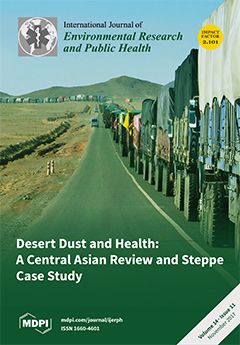Background: Nursing students in many countries have been reported to experience high levels of stress and psychological distress. Health habits could potentially mediate the association between coping styles and psychological status. The purpose of this study was to evaluate the mediation effect of health habits in the relationship between stress coping styles and psychological distress in Japanese nursing students.
Methods: A total of 181 nursing students completed anonymous self-reported questionnaires comprised of the General Health Questionnaire-12 (GHQ-12), the Brief Coping Orientation questionnaire, and an additional questionnaire on health behavior. A mediation analysis using path analysis with bootstrapping was used for data analysis.
Results: Multivariate linear regression analysis showed that psychological distress was significantly and positively associated with “Avoidance coping” (β = 0.39,
p < 0.001), and was negatively associated with “Active coping” (β = −0.30,
p < 0.001), “exercise habit” (β = −0.25,
p = 0.001), and “sleeping” (β = −0.24,
p = 0.002). In the path model, “Active coping” and “Avoidance coping” had significant or marginally significant associations with “exercise habits” (active: β = 0.19,
p = 0.008, avoidance: β = −0.12,
p = 0.088), and psychological distress (active: β = −0.25,
p < 0.001, avoidance: β = 0.363,
p < 0.001). However, these coping style variables did not have a significant association with “sleep”. In general, the size of the correlations was below 0.4.
Conclusions: Exercise habits mediated the relationship between coping styles and psychological distress to a greater extent than sleep. The present study suggests the possibility that complex interactions between health habits and coping styles may influence the psychological status of nursing students.
Full article





